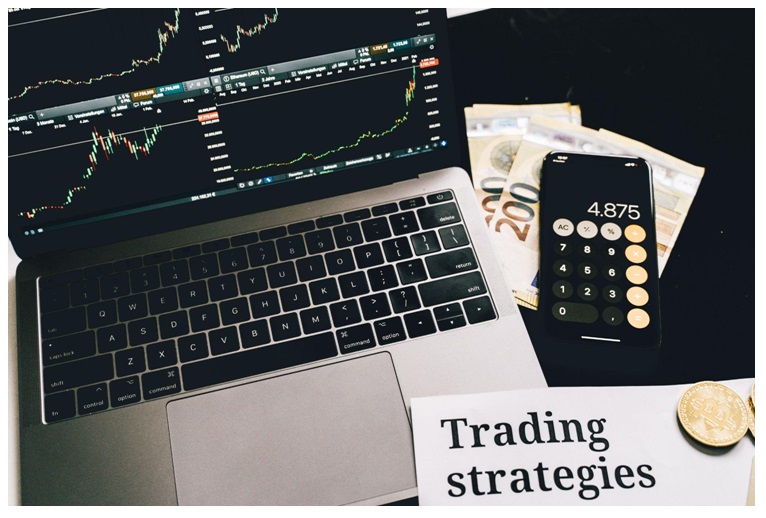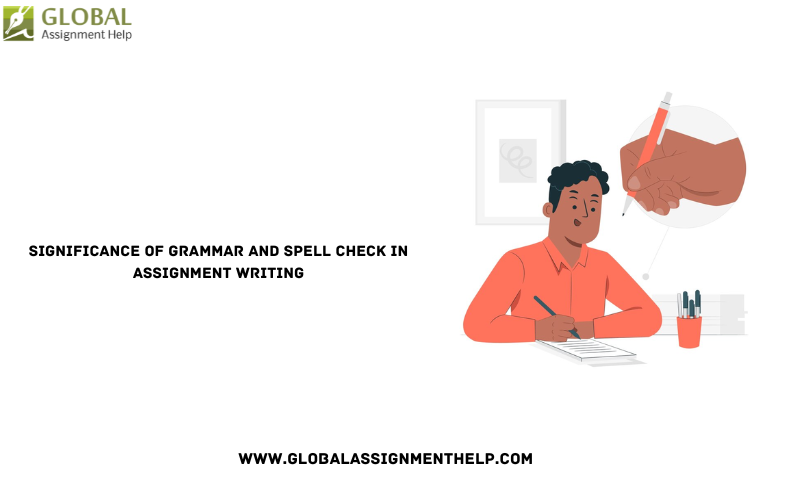The big 4 trading strategies for CFD traders!

CFD is short for Contract of Difference, a market that allows traders to trade derivatives and securities for a particular asset. So when you buy and sell in CFDs, you won’t own anything physically, you simply only own its underlying asset.
CFD trades have no expiry date but are considered to be short-termed trades. That’s why with this little time frame traders have come up with various ways and methods to work their way around the market.
There are tons of trading strategies being used to help get better speculations as well as a heftier profit. So to know what CFD trading strategy might work for you, here’s a list of the 4 main kinds:
1. Day trading
Traders who use this strategy are called ‘Day Traders’. This is a kind of trading method that’s short-termed and involves entering and exiting a trade during a market movement. So a day trader closes a position at the end of each day.
How you profit from day trading is by opening a position and closing it when a market movement has occurred. Even the slightest movement in the market is a go signal to either go long and buy or go short and sell.
So even if the market increases or decreases in price, you can still benefit from either one by having accurate speculation.
Day traders sometimes concentrate on price movement and technical analysis rather than fundamental factors that may be affecting a financial asset because this method requires you to observe price charts attentively.
2. News trading
News trading is also known as ‘Trend Trading’; traders who use this strategy are called ‘News Traders or Trend Traders.” This is also considered a short-termed trading method where you used current economic news to help come up with speculations.
News traders need to have the ability to quickly assess prospective trading opportunities and have good and strict decision-making capabilities. This is a very helpful tactic for volatile markets such as CFD trading, that respond swiftly to outside influences like oil, indices, individual companies and currencies.
An example would be: When the United Kingdom lost their beloved Queen Elizabeth II. Due to this the value of their currency has decreased.
3. Hedging
Hedging is one of the most ‘safest’ methods since this strategy offsets risks within a trader’s trading portfolio. This is when a trader hedges one investment by making another one to make sure they have an open position. It’s kind of like an insurance-like investment that safeguards you from potential losses.
There are 2 ways to hedge in CFD trading: Forward contracts and Future contracts. A forward contract is a contract between two parties to acquire or sell assets at a specific price on a given date. While a future contract is a typical agreement between two parties for the purchase or sale of assets at an agreed-upon price and quantity on a given date.
-
Position trading
A trader who uses this strategy is called a ‘Position Trader.” This trading method is a buy-and-hold approach and can last for months and even years while disregarding small price movements and concentrating on long-term patterns and overall movement.
And unlike day trading, position trading frequently uses fundamental analysis indicators including macroeconomic trends and past price patterns.
What are the best tips for a beginner in CFD trading?
Now you know the kinds of strategies to use in CFD trading, you can now consider amping up the odds of it working by knowing great beginner tips!
In order to improve as a trader, the following are some of the greatest advice that every newbie should be aware of:
- Choose a strategy that best suits your trading preferences.
- Once you choose a strategy, stick to it.
- Know the trading market along with its risks, pros and cons.
- Know your limits as a starting trader.
- Have a concrete foundation in CFD trading before opening a position.
- Calculate how much capital you’re willing to risk.
- Only work with reputable and trustworthy brokers and clients.
- Always keep a close eye on your open positions.
- Use both technical and fundamental analysis when trading.
Take away
Use your newfound knowledge in CFD to your advantage by taking note of these strategies and tips! CFD trading and trading’s volatility, so be careful with it and have a plan around it.









